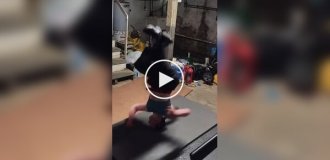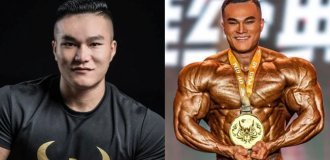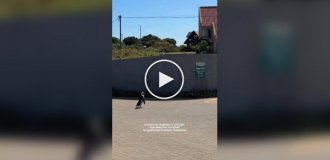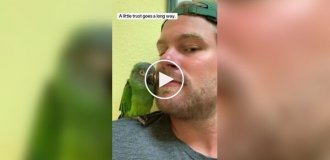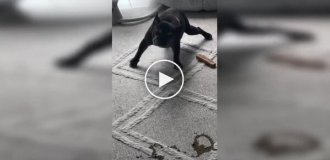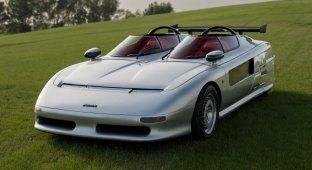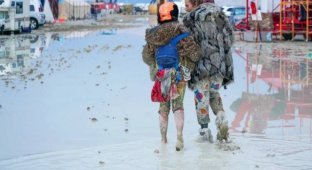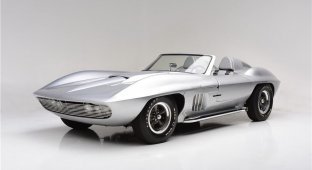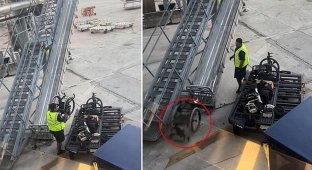Ancient Aztec culture and its echoes have always attracted the attention of scientists and the general public. Taking advantage of this, a creative and enterprising manager created this unusual hoax. 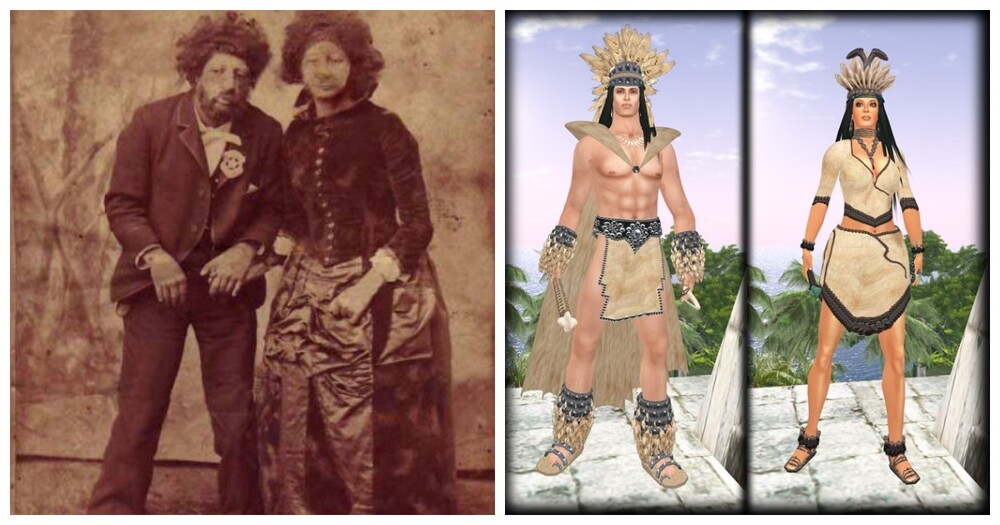
The world first learned about Maximo and Bartol in 1848. The brother and sister were born microcephalic and were from the village of Decorah in El Salvador. The children were mentally retarded and needed special care. Their mother, Marina Espina, was tricked into giving her unique children to a Spanish merchant named Ramon Selva. Ramon promised to take the kids to America, where, according to him, Maria would be able to cure them. Instead, Ramon sold Maximo and Bartol to an American manager named Morris. Morris came up with an incredible story to introduce the children to the American public. 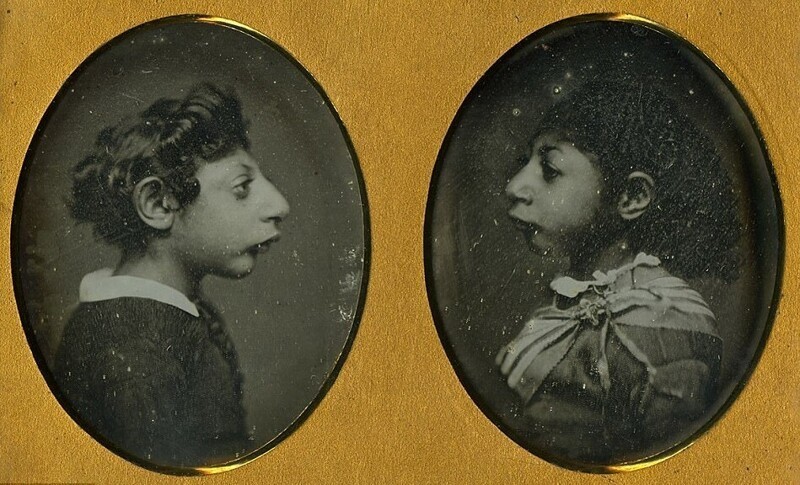
At that time, the country was burning with interest in various miracles and wonders specifically in terms of ethnic groups. Interest in the Mayan civilization has peaked with recent research and publications. Morris launched the sale of a pamphlet, The Lives of the Living Aztec Children, which told an elaborate "true story" surrounding the discovery of Maximo and Bartola in an Aztec temple in the lost city.
The booklet stated that Maximo and Bartola were found sitting on altars, and that they were members of a sacred race that was once worshiped by the inhabitants of the city. 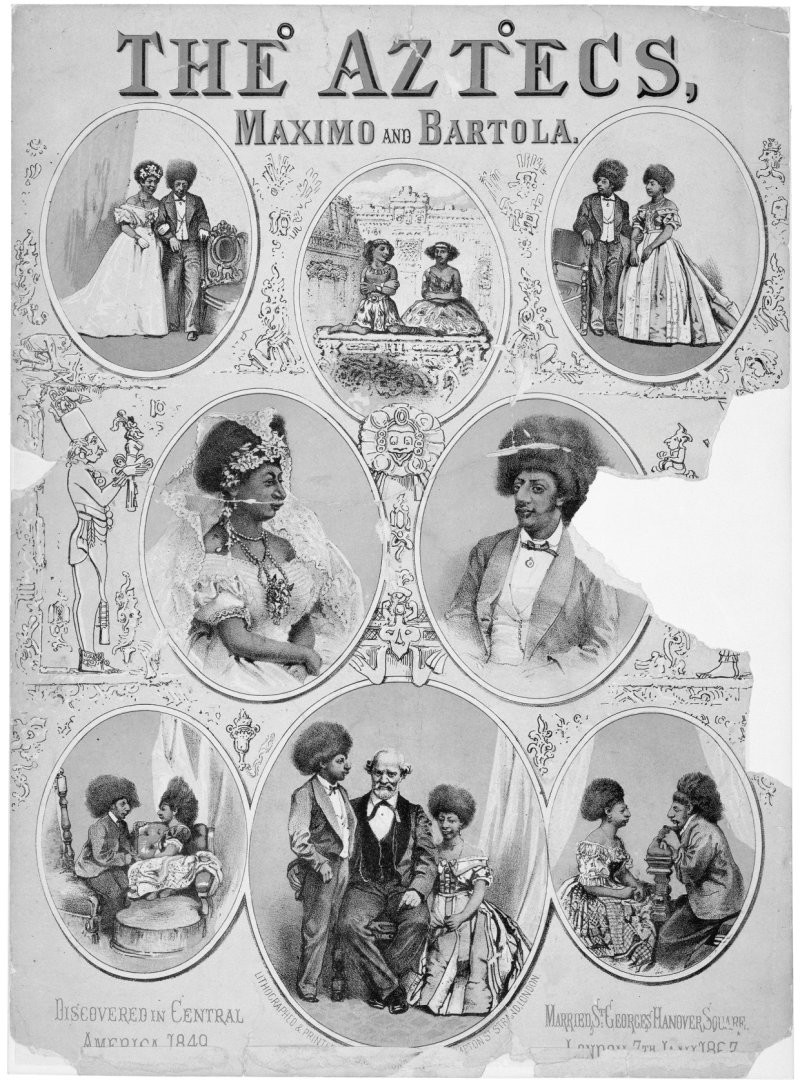
To support this claim, Morris dressed the couple in Aztec-like clothing. Both wore suits with Aztec suns sewn onto the front and their thick, curly hair was given the appearance of a bush. All these tricks, combined with their diminutive stature and proportionately small heads, gave the children a very unusual appearance. But will the public believe that they belong to a vanished race?
Instead of being suspicious of these wild claims, the public believed them unconditionally. To those who looked at them, Maximo and Bartola were truly the last remnants of an ancient civilization. Blessed is he who believes... 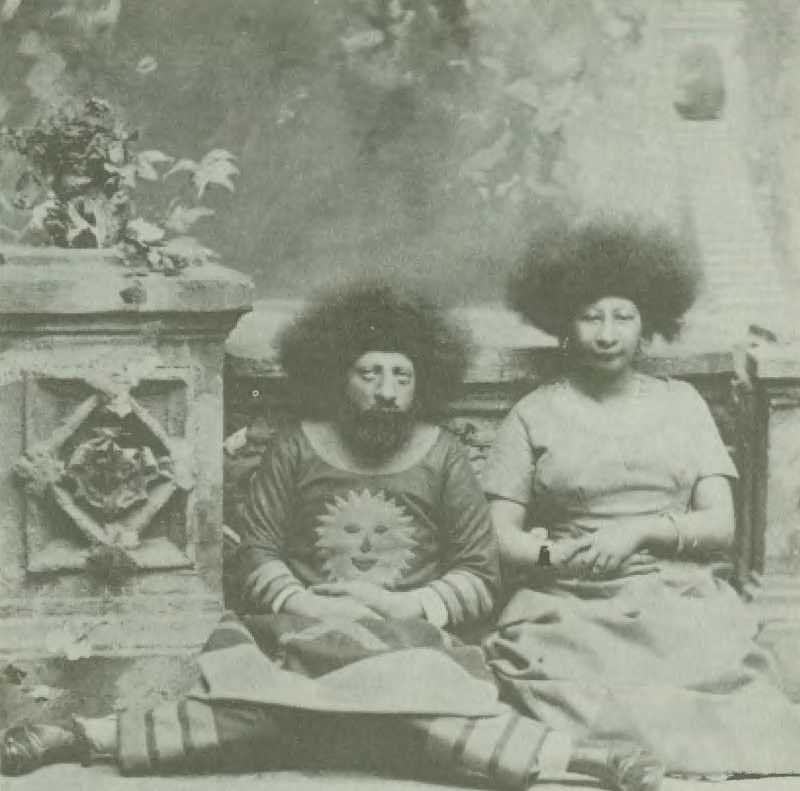
Not only did the public show enormous interest, but the scientific community was eager for the opportunity to study the Aztec Children. Numerous papers have been published on the topic of Maximo and Bartola, including in the American Journal of Medical Sciences. Soon Maximo and Bartola became favorites of the general public and high society. They eventually visited the White House as guests of President Fillmore. 
In 1853, Morris took Maximo and Bartola to England. There they were exhibited before the Ethnological Society and summoned to Buckingham Palace. During a public exhibition in London, they attracted the attention of three thousand people in just two days.
Anatomist Professor Richard Owen visited Maximo and Bartola, and soon he and the entire European scientific community were discussing who exactly the Aztec Children were, and this debate further fueled their popularity. On a subsequent tour of Europe, they appeared before Napoleon and his imperial family, the Emperor of Russia, the Emperor of Austria, and the kings and queens of Bavaria, Holland, and Belgium. Wherever Maximo and Bartola went, disputes and speculation arose. For many, they truly were an example of an unknown race of people - the last of the Children of the Aztecs, descendants of an ancient mysterious race. 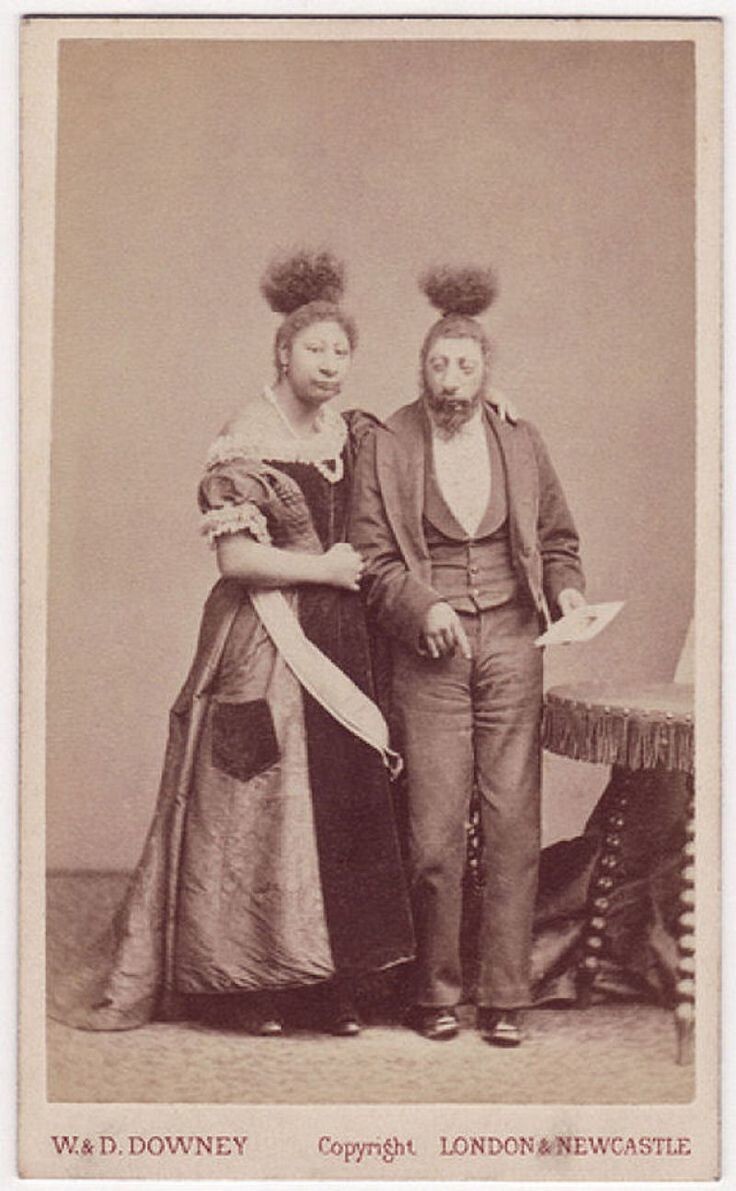
Eventually, Maximo and Bartola returned to the United States, this time to participate in an exhibition at Barnum's American Museum. Barnum renamed the duo "Wonders of the Aztecs," and many of the surviving photographs of Maximo and Bartola date from this period of their career. As a result, interest in this couple faded away, since nothing can last forever. Both reporters and the scientific community moved on to other, newer discoveries.
In an attempt to revive public interest, they reappeared on January 7, 1867 in London. The revival attempt was a complete failure and no one responded. 
It is stated that Maximo and Bartola continued to exhibit until 1901 under the supervision of several different managers; the details of the last years of their lives remained unknown.
Add your comment
You might be interested in:
